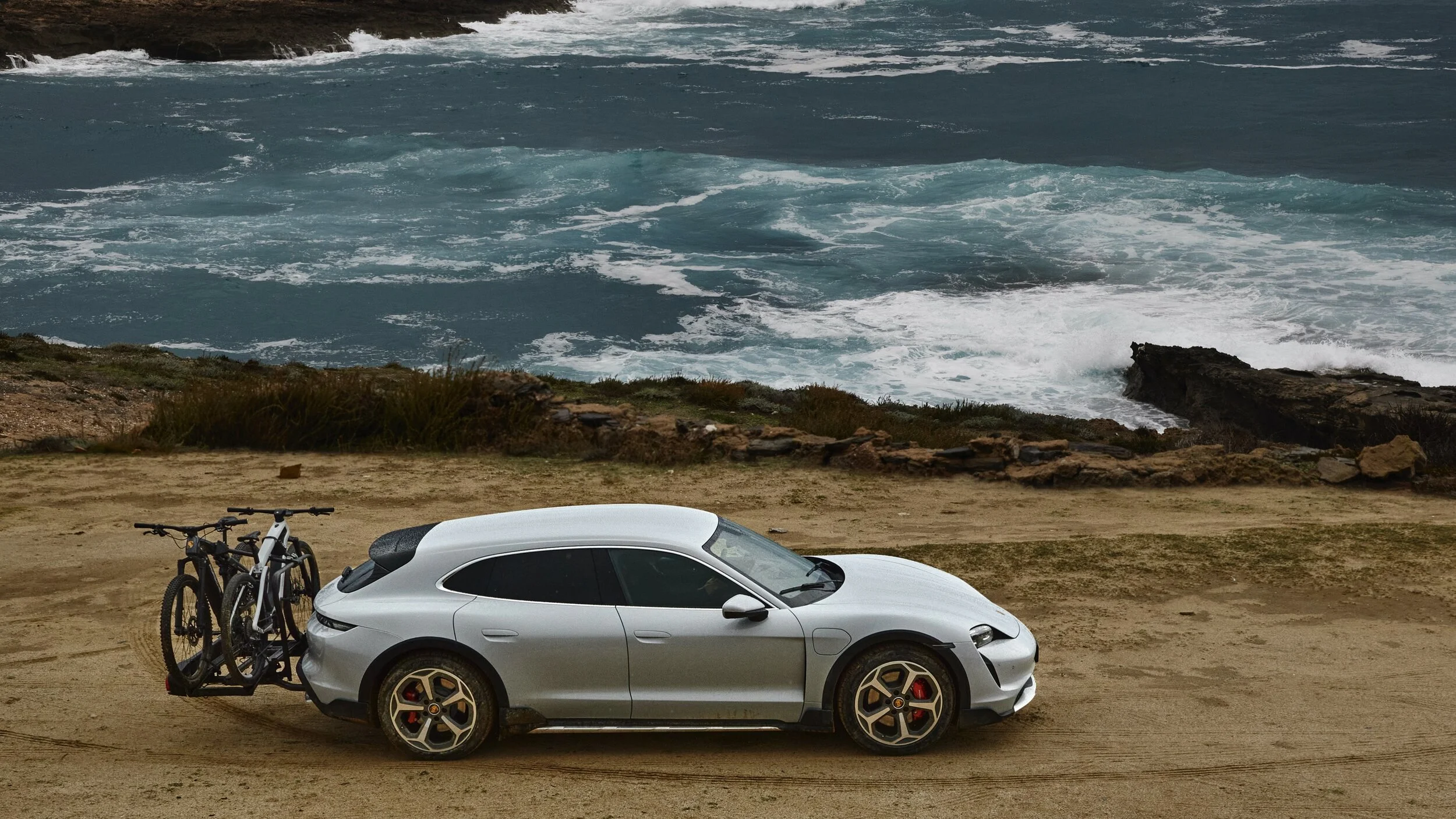Magna Announces eBeam Solid Axle Electric Motor Module
By Edward A. Sanchez – March 12, 2021
Over the last 15 years, innovation in the electric vehicle space has gone from the realm of science projects to a multi-billion-dollar business. While a great deal of attention has been paid to the area of battery research and development, and deservedly so, the fact of the matter is, there are still a lot of mechanical parts on electric cars. Among the most important are motors. Acknowledging that the future of EVs will include more trucks and utilitarian applications, Magna this week announced its eBeam electric solid axle assembly.
Most EV trucks announced so far, or about to go into production, have an independent rear suspension. While we don’t have a lot of specifics on the Tesla Cybertruck, by most indications, it has an independent rear suspension. So while the idea of an electrified solid axle may seem puzzling to some – tantamount to putting carbon fiber disc brakes on an Amish buggy – the idea makes a lot of sense in the context of trucks. At their core, trucks are all about capability. It’s about how much they can tow or haul, reliably and (relatively) efficiently.
While targeted for auto manufacturers to utilize in existing truck chassis, Magna’s eBeam does make the imagination run wild when it comes to aftermarket possibilities.
Magna will offer the eBeam in outputs ranging from 120 kW (161 hp) up to 250 kW (335 hp), potentially covering the range from small to midsize to full-size pickups. Combined with a front motor unit, trucks utilizing this system stand to output more than 500 hp, more than most current half-ton ICE trucks on the market.
The eBeam will be targeted toward OEMs and offered in three configurations: Single motor/single speed, single motor/two speed, and twin motor, single speed with torque vectoring. Magna notes it offers powertrain solutions to facilitate electric four-wheel drive, and that the eBeam system is: “Designed specifically to transition pickup trucks and light commercial vehicles to hybrid or full battery electric powertrain systems, eBeam integrates with existing truck architectures, without requiring unique suspension, chassis or brake systems.”
Recent spy shots of the Ford F-150 EV show that it could have an eBeam rear axle, or something similar to it – and remember that Ford and Magna already worked together to develop Ford’s Pro Trailer Backup Assist.
As primitive as a solid axle on an EV may seem to a casual observer, the configuration makes a great amount of sense in the context of a truck. Solid axles are prized in the truck and off-road community for their ruggedness, simplicity, and ease of repair. Likewise, the common rear suspension setup in pickups of a solid axle and leaf springs has a proven reputation for being able to handle large, heavy loads, if not the smoothest ride.
Nearly every current mid-size to full-size pickup on the market has a solid rear axle, the one notable exception being the unibody Honda Ridgeline. Even the Ram 1500 and 2500, although equipped with rear coil springs, still have solid rear axles.
Legacy automakers will take one of two approaches to electrification. Some will go all-in with clean-sheet, ground-up new designs. Others will take a more incremental approach, adapting electric powertrains to current platforms, or will try to pursue a modular strategy of building both ICE and EVs on a common chassis.
Combining the rear eBeam with a more conventional front EV motor setup would enable an all-wheel-drive, big horsepower pickup.
So while the eBeam may not seem especially groundbreaking on its face, it could be a hugely important catalyst for ushering electrification into the large, significant segment of trucks and off-road SUVs. Jeep is just days away from revealing the Wrangler Magneto concept. Based on the images Stellantis has shown so far about the electric Wrangler, it looks like it’s going to maintain solid axles. There is some debate as to whether the e-Wrangler is going to have a central-mounted motor delivering power to the front and rear axles, or motors for both the front and rear axles, but I wouldn’t be entirely shocked to see the eBeam show up on a future Jeep model.
Magna should be applauded for its innovative perspective and approach to electrification in what will undeniably be a significant market segment for electrification, especially for the North American market.
(Images courtesy Magna)
- Podcast - Facebook - Google News - Twitter -









